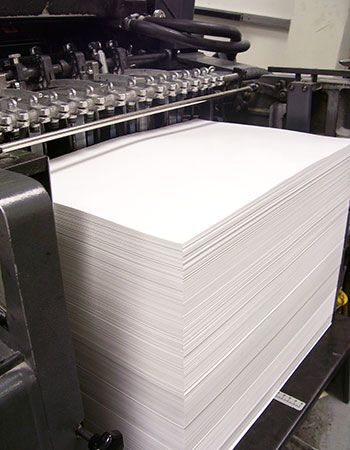
So, you’re in the job market. Or… maybe you’re not. Maybe you’re in the market of hiring those in the job market. Maybe you really just like to keep your business profile up-to-date. Whatever it is, you’re interested in learning more about cover letters.
Cover letters may be the most complicated part of the job search. How are you supposed to format them? Who do you address them to? What do you actually say? Cover letters may seem difficult, but they don’t have to be. Today we’re going to “cover” how to write the perfect cover letter and market yourself for your job search.
Header Information.
First, be sure to include your contact information in the header section of the cover letter. This should be easy to spot and quick to read through for potential employers. One simple trick is to use the same header for your cover letter as you do for your resume. This way, not only do you look more professional, but also more consistent.
Personal Greeting.
Forget the “To Whom It May Concern” greeting. Your cover letter should be addressed to an actual person within the company. This should be the recruiter, hiring manager, head of human resources or the head of the department you’re applying to. Be as specific as possible. This makes your letter more personal and relatable, rather than the generic greeting.
Short Format.
The perfect cover letter is short, sweet and to the point. On average, a cover letter should be no more than one page long—front side only, with three paragraphs, an introduction, a body and conclusion. With length comes the design of the letter. Make sure your design format is as clean and crisp as possible, with no crazy colors or fonts.
Attention Getter.
The first component in the letter itself should be your attention getter. Remember: recruiters read cover letters all the time, so you want to make sure to peak their interest early on. Explain who you are and what experience you have that makes you the ideal candidate. Be sure to mention the company and the position you’re applying for, along with the name of anyone at the company who has referred you.
Skills Demonstration.
Next up comes demonstrating your skills. If you are applying for a specific position, read through the job description very carefully to find any skills they mention, then include those skills—and examples of them—in your cover letter. What makes you a great fit for this position? More importantly, what can you do to help the company?
Resume Outline.
Here’s where people can get confused. Your cover letter should outline your resume, not regurgitate it. Recruiters already have your resume; they don’t need another one. Outline some of the experience from your resume, but delve deeper into applicable areas for your cover letter. If you have gaps in your resume, the cover letter is an excellent place to explain those further.
Company’s Culture.
Be sure to touch on the company’s culture and values toward the end of your cover letter. You want recruiters to know that you’re a well-rounded person, not just someone who’s in it for the money. Mention something you admire about their culture, how you would fit in or even what you could contribute to it.
Closing Paragraph.
Finally, the closing paragraph: summarize, but don’t make it sound redundant. Hit on the main points of your cover letter, then let it go. Mention how you look forward to hearing back from them in the future. Then of course, sign and send.
Writing your cover letter may seem like a daunting task, but with the right outline it can be a piece of cake. Keep these major components in mind next time you go to write your perfect cover letter, and see how you can market yourself to earn that next position.




